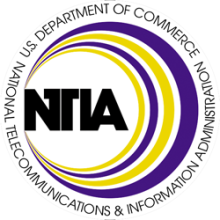Update from Lake County Fiber Project (Minnesota)
New Update: Mediacom has invented language in the Joint Power Agreement and threatened the Mayors of Silver Bay and Two Harbors. Let's see how dirty Mediacom will get to prevent competition.
Lake County, recipient of a broadband stimulus award to build a rural county-wide (larger, actually) fiber-to-the-home network, has been wrestling with questions they have related to the problems at Burlington Telecom. After some lazy reporting in the Star Tribune and Duluth News Tribune exaggerated Tim Nulty's role in the problems Burlington Telecom now faces, some on the County Board began asking more questions of National Public Broadband (of which Tim is CEO).
I attended a meeting after Christmas to observe the discussion, share our understanding of the situation, and discuss the experiences of other community networks. Next week, the County Board plans to decide whether they will alter the arrangement with National Public Broadband or possibly seek another partner in the project -- a development that may have implications for changes or revocation of the stimulus funding.
It is important to note that due to structural differences, the problems in Burlington (which, at the least, were hidden from the public allowing them to snowball) are extremely unlikely to repeat in Lake County.
The Lake County Chronicle has published a lengthy editorial responding to concerns and noting the ramifications of any changes to the partnership with National Public Broadband. As of this writing, it is not yet behind a pay wall.
It offers some wise thoughts:
Like the debate over whether the meetings being held to draw up the rollout plans for the county should be public or private, NPB needs to better apply the rules of working within the expectations of open government. We demand transparency and a full accounting of tax dollars. It’s fair to wonder, as some board members did last week, just what NPB would withhold from the board if things don’t go swimmingly with the Lake County plan.



